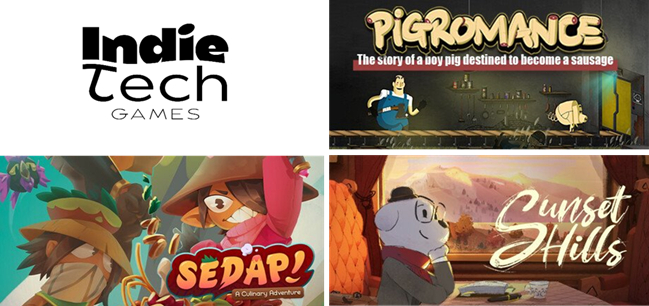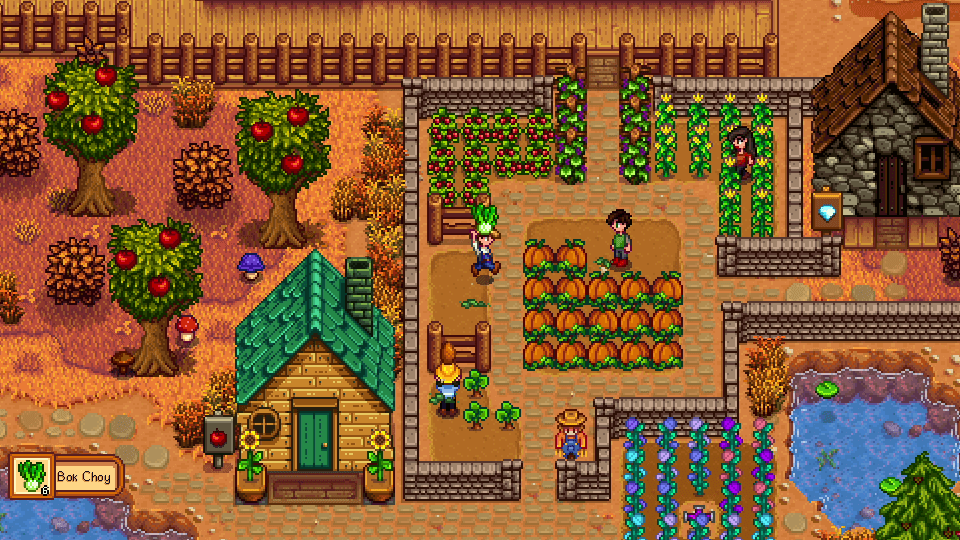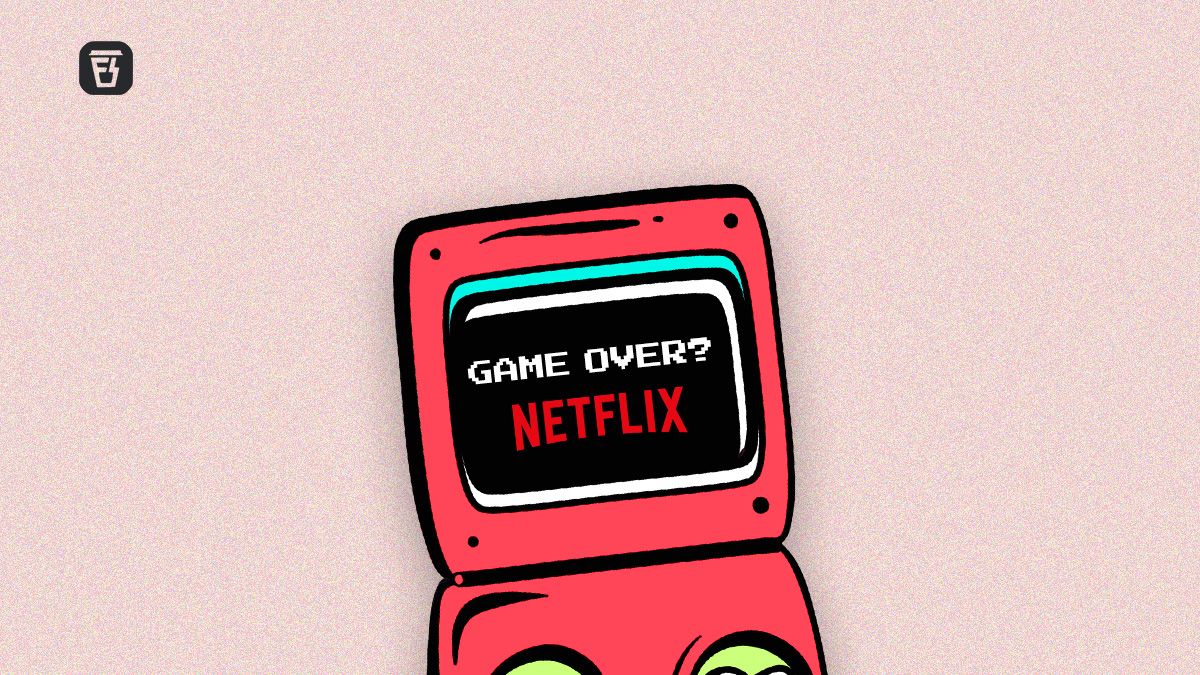The debate rages on: is developing for the Xbox One still a worthwhile endeavor for indie developers in 2025? With the Xbox Series X|S firmly established and whispers of even newer hardware on the horizon, some developers are questioning the return on investment for supporting Microsoft’s last-gen console. Recent discussions, sparked by indie developer Thomas Mahler (Moon Studios, Ori and the Blind Forest), highlight the complexities of this decision. While Mahler’s comments specifically targeted Xbox Series S development, they ignited a broader conversation about supporting older hardware in general, a conversation very relevant to the Xbox One.

The Case Against Xbox One Development
Several factors contribute to the growing hesitation among indie developers to invest in Xbox One development:
- Dwindling Player Base: As more players migrate to the newer consoles, the potential audience on Xbox One shrinks, impacting potential sales figures. This raises concerns about recouping development costs and generating profit.
- Technical Limitations: The Xbox One’s hardware, while capable, pales in comparison to the Series X|S. Developing for both generations can create extra work and compromise the overall vision, especially for visually ambitious projects. Optimizing for older hardware can restrict creativity and limit the potential of a game.
- Development Costs: Porting and optimizing a game for multiple platforms, including older hardware, adds to the development budget and timeline. For small indie teams with limited resources, these costs can be prohibitive.
- Marketing Challenges: Marketing a game across multiple Xbox generations can be complex. Targeting a fragmented audience requires careful strategy and can dilute marketing efforts. Focusing on the newer consoles allows for a more streamlined and effective marketing approach.
The Arguments for Continued Xbox One Support
Despite these challenges, some arguments persist for continuing to develop for the Xbox One:
- Existing User Base: While shrinking, the Xbox One user base is still substantial. Abandoning this audience could mean missing out on a significant number of potential players, particularly in regions where the adoption of next-gen consoles is slower.
- Accessibility and Affordability: The Xbox One remains a more affordable entry point into the Xbox ecosystem, particularly for players in developing economies. Supporting this console can broaden a game’s reach and contribute to its overall success.
- Microsoft’s Ecosystem: Features like Smart Delivery and Xbox Play Anywhere can mitigate some of the challenges of cross-generational development, allowing players to access games on both Xbox One and Series X|S with a single purchase. This can streamline the user experience and encourage sales.
- Long-Tail Sales: Even if initial sales are lower on Xbox One, the platform could still contribute to long-tail revenue over time. As the price of the console decreases, more players may enter the market, leading to continued sales for older titles.
Finding the Right Strategy
The decision of whether to develop for Xbox One in 2025 ultimately depends on the individual game and the resources of the development team. There is no one-size-fits-all answer.
Factors to Consider:
- Target Audience: Who are you trying to reach with your game? If your target audience is primarily on next-gen consoles, focusing solely on the Series X|S may be the best approach.
- Game Genre and Scope: Is your game graphically intensive and reliant on the latest hardware features? Or is it a simpler, more accessible title that could run comfortably on older hardware?
- Budget and Resources: Can you afford the extra development costs associated with supporting multiple platforms? Do you have the team and resources to manage the complexities of cross-generational development?
- Market Research: Analyze sales data and trends for similar games on Xbox One. This can provide valuable insights into the potential market size and viability of developing for the platform.
Alternative Strategies:
- Cloud Gaming: Exploring cloud gaming options like Xbox Cloud Gaming could be a cost-effective way to reach Xbox One players without the need for extensive porting and optimization.
- Phased Release: Consider launching initially on Series X|S and then porting to Xbox One later, if resources and demand allow.
- Community Feedback: Engage with your target audience and gather feedback on their platform preferences. This can help inform your development decisions and ensure you’re meeting the needs of your players.
A Balancing Act
The landscape of game development is constantly evolving. Developing for older hardware like the Xbox One presents both challenges and opportunities for indie developers in 2025. Carefully weighing the pros and cons, conducting thorough market research, and considering alternative strategies are crucial for making informed decisions that align with a studio’s resources and goals. Ultimately, finding the right balance between maximizing reach and optimizing development efforts is key to success in the ever-competitive indie game market.








0 Comments